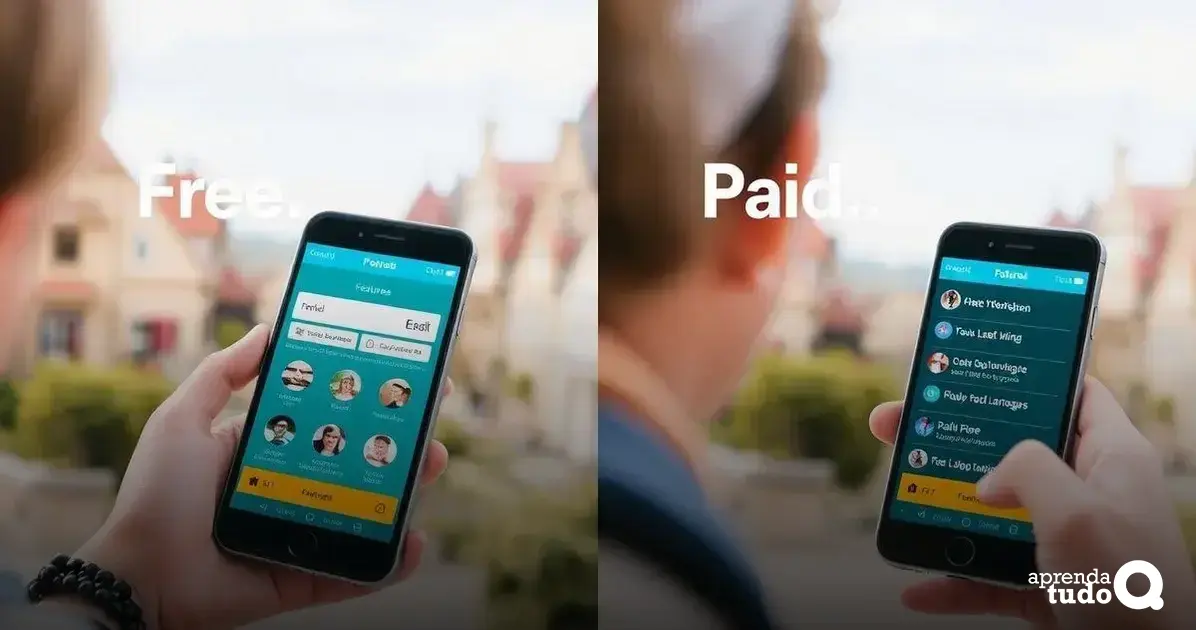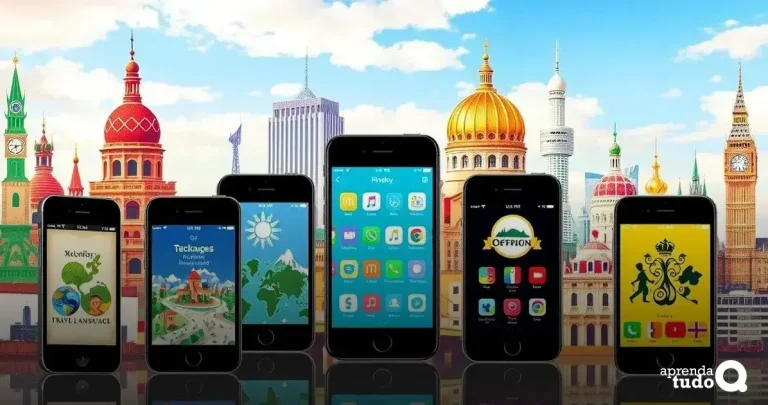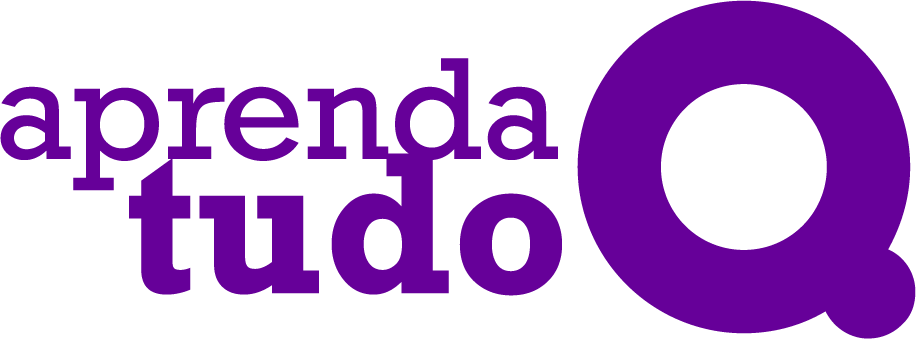Best travel language apps can transform your travelling experience, making communication easier and more enjoyable.
Whether you’re exploring new cultures or meeting locals, having the right app can bridge language gaps.
Top Features of Travel Language Apps
One of the top features of travel language apps is their ability to offer real-time translation.
With just a few taps, you can translate phrases, helping you communicate better while travelling.
This feature is perfect for restaurant menus, signs, or asking for directions, making your trips smoother and more enjoyable.
Another great aspect is the interactive learning tools that many apps include.
These tools often involve quizzes and games, making learning a new language fun and engaging.
By using these methods, you will remember words and phrases more easily, which boosts your confidence when speaking with locals.
Lastly, the availability of offline modes is crucial for those travelling to areas with limited internet.
Many best travel language apps let you download essential phrases and language packs.
This means you can navigate new cities and have conversations even when you’re not connected to Wi-Fi or mobile data.
Best Language Apps for Beginners
If you are a beginner looking to learn a new language, best language apps for beginners can help make the learning process exciting.
Apps like Duolingo use fun games to teach vocabulary and grammar. This interactive approach keeps learners engaged and motivated to practice regularly.
Another excellent option is Babbel, which focuses on real-life conversations.
With exercises tailored to everyday situations, you can quickly learn phrases you’ll use while travelling.
Babbel’s structured lessons help beginners build a strong foundation in their chosen language.
Finally, Rosetta Stone is ideal for beginners who prefer immersive learning. It encourages users to think directly in the new language instead of translating.
This method helps to develop a natural understanding of the language and boosts confidence when speaking with others.
Advanced Language Learning Apps
For those who have mastered the basics, advanced language learning apps offer deeper and more challenging content.
Apps like FluentU use real-world videos, such as movie trailers and music videos, to help learners understand the language in context.
This immersive experience builds listening skills and introduces new vocabulary in a fun way.
Another great choice is Memrise, which focuses on using spaced repetition techniques for vocabulary retention.
By presenting words and phrases multiple times, users can remember them better and apply them in conversations.
Memrise also includes engaging video clips of native speakers to help learners with pronunciation and usage.
Lastly, HelloTalk is unique because it connects learners with native speakers around the world.
Through text, voice, and video chats, users can practice speaking and writing skills in a real-world setting.
This practical experience is invaluable for advanced learners looking to refine their skills and gain confidence.
Free vs Paid Travel Language Apps

When choosing between free vs paid travel language apps, it’s important to consider what you need.
Free apps often provide basic features that are great for beginners. Apps like Duolingo offer plenty of lessons and exercises at no cost.
However, they may include ads and have limited access to advanced content.
On the other hand, paid apps usually come with additional features and content that enhance your learning.
For example, Babbel and Rosetta Stone require a subscription but offer structured lessons, offline access, and personalized feedback.
This can help users progress faster and build confidence in their language skills.
Ultimately, the choice between free and paid apps depends on your learning goals and budget.
If you are just starting, a free app might be enough to get you going.
However, if you want to dive deeper and use the language effectively while travelling, investing in a paid app could be beneficial.
User Reviews and Experiences
User reviews play a big role in helping others choose the right travel language apps.
Many users praise apps like Duolingo for their fun and engaging learning methods. They enjoy the interactive games and how easy it is to practice daily.
Positive feedback often highlights how these apps encourage regular use, making language learning feel less like a chore.
On the other hand, some users share their experiences with paid apps, such as Babbel and Rosetta Stone.
Reviewers often mention the structured lessons and helpful grammar tips.
They appreciate the way these apps provide real-life conversation practice, which boosts their confidence when speaking with locals.
Users often feel they learn faster and more effectively with these options.
However, not every review is perfect. Some users express frustration with ads in free apps or limited features in the free version.
Others mention the cost of subscriptions may deter beginners. These reviews help potential users weigh their options and find an app that suits their learning style and budget.
How to Choose the Right Language App
When considering how to choose the right language app, start by identifying your learning goals.
Think about whether you want to learn basics for travel, improve conversational skills, or achieve fluency.
Different apps cater to different needs, so knowing your goals will help narrow down your options.
Next, explore the features each app offers.
Some apps focus on games and interactive lessons, while others may provide structured courses or real-life conversation practice.
Look for apps that include elements you find engaging. This will keep you motivated to keep learning and practicing.
Finally, don’t forget about user reviews and experiences. Reading what others have to say can give you insight into how effective and enjoyable an app is.
Consider trying out free versions or trials before committing to a paid app, so you can find the perfect fit for your language learning journey.
Future of Language Learning Apps
The future of language learning apps looks bright as technology continues to evolve.
With advancements in artificial intelligence, apps may soon provide personalized learning experiences tailored to each user’s needs.
This means that learners will receive lessons that adapt based on their progress, making the learning process more efficient and enjoyable.
Additionally, the integration of augmented and virtual reality in language apps will likely change the way people learn.
These technologies can create immersive experiences, allowing users to practice languages in lifelike settings.
Imagine walking through a virtual market, speaking with vendors while learning new vocabulary!
Finally, as global communication increases, language learning apps will likely expand their offerings to include more languages and cultures.
This will help more people connect across language barriers, making travel and communication easier.
As these apps continue to innovate, they will play a crucial role in promoting cultural understanding worldwide.
Language learning is an exciting journey, and using the right tools can make all the difference.
Best travel language apps provide engaging ways to pick up new skills while on the go.
Many of these apps use games and interactive features that turn learning into a fun experience. This keeps users motivated and encourages them to practice daily.
Another important aspect is the real-life application of the skills learned.
Many apps focus on teaching phrases and vocabulary that are useful for travel situations, such as ordering food or asking for directions.
This practical approach means learners can use what they’ve learned immediately, boosting their confidence when they speak with locals.
Lastly, accessibility plays a key role in how effective these apps can be. Users can learn at their own pace, fitting language practice into busy schedules.
With options for offline access, learners can practice anywhere, whether in a café, park, or even on a bus. This flexibility makes it easier to incorporate learning into daily life.





